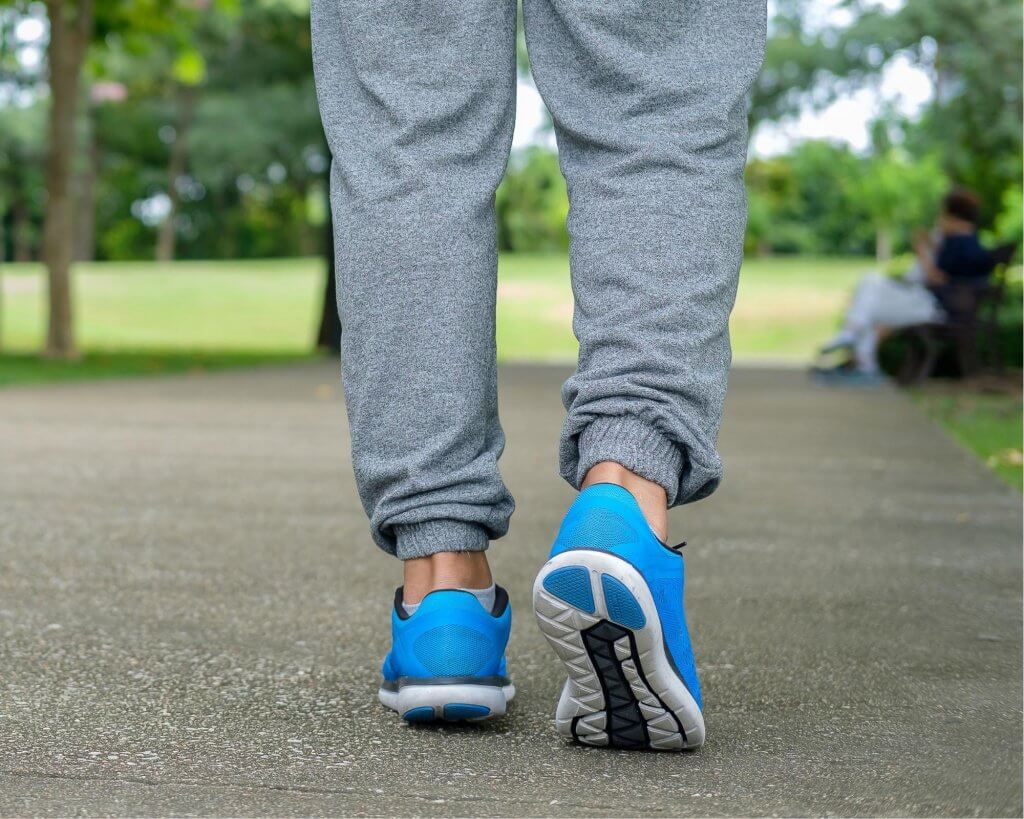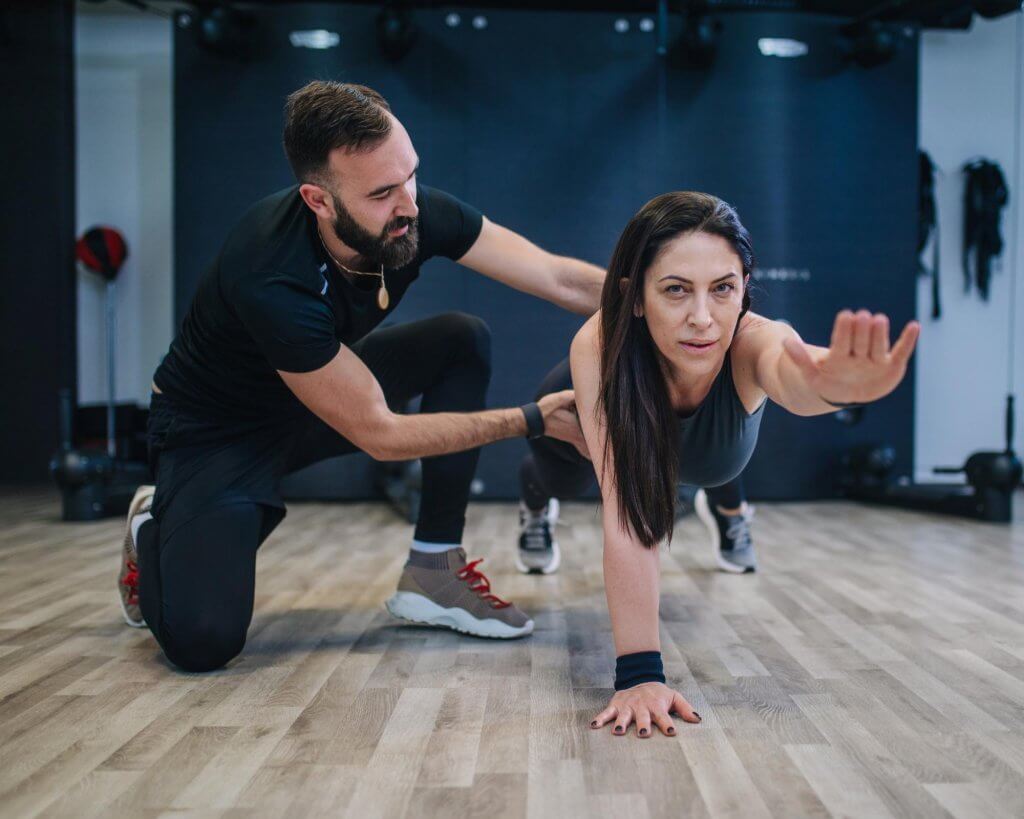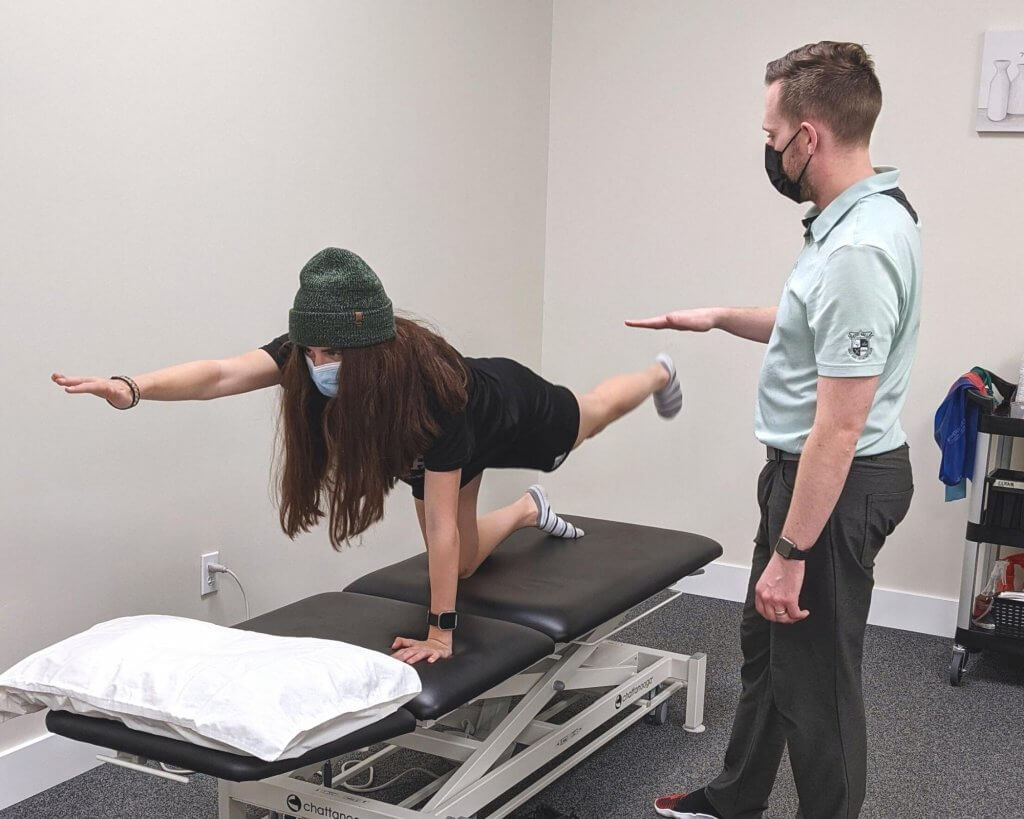We understand that coming back from an injury can be a challenging and frustrating process. However, you can take comfort in knowing that you can safely return to physical activity once you are feeling better and have been cleared by your doctor. Whether you have pulled, torn, sprained, or broken a body part, there are steps you can take to help you get back to fitness in a safe and healthy manner. Here are 8 tips to support you in returning to fitness after an injury.
1) Take it Slow
When returning to physical activity after an injury, it’s important that you do so at a slow and gradual pace. Once you have been cleared to start exercising again, it can be tempting to jump back into your pre-injury routine. You may even feel as though you can handle exercising at the capacity you were at before your injury, but you must first rebuild the strength and coordination of your muscles before you get back to your regular activity level. Doing so will keep you from running the risk of another injury or from wreaking your muscles due to exerting all of your energy. So, the safest, most effective way to return to fitness after an injury is to take it slow and limit the volume, intensity, and duration of your exercises. Remember, your body has been out of exercise for some time now, so chances are, your muscles will be weaker than you may expect. Take it slow, gradually get back into it, and don’t forget to take breaks as needed.
Your main goal should be strengthening the area that was injured, and from there, you can continue to set small goals for yourself. Setting goals will help you stay motivated and on track to achieving your regular fitness level. For example, if you used to run 5 miles daily but are now recovering from a knee injury, begin with a goal of 1 mile and a slow walk/run. Slowly increase your goals by distance and intensity as you strengthen your muscles and can handle more exercise without feeling any pain or discomfort. Once you can run 1 mile while remaining pain-free, you can increase your distance to 2 miles and so on. This will ensure you are staying safe and healthy while you return to physical exercise.

2) Wear Supportive Gear
The injury you endured will help determine the type of supportive gear that you should be wearing. Oftentimes, a brace or compression sleeve will do the trick! They help support the injured area, as well as prevent another injury from occurring. A brace can also help manage and mitigate any discomfort you may experience during physical activity. Here at LiveWell, our team of professionals can create custom braces for your specific needs!
3) Form and Function
When exercising, proper form is always important. However, it’s even more essential when you’re coming back from an injury. So, make sure to review the correct form for all exercises, especially for the ones that involve the area that was injured. If you need assistance practicing the correct form for your exercise routine, consult one of our Physiotherapists as they have injury recovery knowledge that can help restore your mobility, as well as guide you in practicing safe and proper exercise habits.

4) Listen to Your Pain
Pain is your friend; it’s your body’s way of telling you that you have gone too far or have done too much. If the area that was injured is hurting during your workout, you are doing more harm than good. So, if you notice pain while you’re exercising, try:
- Limiting your motion to stay in a pain-free range.
- Switching to a different, pain-free exercise.
- Decreasing the amount of weight you are using.
- Taking a break or stopping altogether – you can always come back when you’re feeling better.
5) Pre and Post Workout
When returning to fitness after an injury, it’s important to keep in mind that what you do before and after a workout is just as important as the workout itself. Stretching, warming up, and cooling down can help prevent any strain or setbacks from developing during your recovery. Before exercising, you should always begin with a warm-up routine which should include stretching, light cardio, and dynamic movements that mimic your exercises. This will prepare your body for your workout, along with bringing your body temperature up and increasing your blood flow to the working muscles.
After your workout, always give your body time to cool down. Finish off with static stretches, deep breathing techniques, foam rolling, or low-intensity cardio. Doing so will help restore your body temperature, blood pressure, and heart rate back to your pre-exercise levels. Also be sure to ice your injured area to reduce soreness and inflammation.

6) Eat Well and Stay Hydrated
Eating well and staying hydrated is extremely important for your recovery process. Food plays an important role in your body’s healing and helps build up strength in your joints and muscles. When it comes to exercise, eating well is key to getting the nutrients you need to sustain your activity levels. Also, be sure to drink enough water every day, as well as during your workout. Eating whole, natural foods and drinking plenty of water will give you the energy required to perform exercises, as well as speed up the recovery process.
7) Prevent Future Injuries
As you build up your strength and confidence towards a full recovery, make sure to take the necessary steps to prevent re-injury or future problems from occurring. Here are some tips to help you prevent future injuries:
- Give your body enough time to recover between workouts to prevent overuse injuries. We recommend waiting 48 hours before exercising the same body parts again.
- Target different muscle groups throughout the week to ensure you have enough time to recover your muscles and joints.
- Pay attention to your form and technique. All exercises should first be perfected with little to no weight before progressing to heavier weights.
8) Get Professional Help
Here at LiveWell, our team of Physiotherapists can support you in your recovery, and get your body back to its fullest potential. Our Physiotherapists work to treat, restore, and maintain mobility, and we can provide you with advanced and proven therapy techniques that are tailored to your specific needs. We will work with you to return to fitness in the quickest and safest way possible.

—
An injury may seem like a huge setback, but it can also be an opportunity for growth and development in exploring new exercises. Although returning to fitness after an injury can sometimes be a slow and lengthy process, these tips will ensure a steady recovery in the safest, most healthy manner. Listen to your body and you’ll be back better than ever! Here at LiveWell, the health and safety of our patients are always our top priority. So, if you need extra support in enhancing your health and wellness, our team of professionals can help bring your physical and mental health to its full potential. Contact us today to book an appointment at our Lancaster, Waterloo, Driftwood, or Baden locations.
Want more lifestyle advice on how to improve your health and wellness? Contact our LiveWell Health and Physiotherapy Kitchener (Lancaster and Driftwood), Baden, or Waterloo teams for more information and to book your next appointment. You can also reach out to us by email or social media, and one of our team members will be more than happy to answer any of your questions! All of our practitioners have tips and expert guidance to help improve your health and overall quality of your life.

